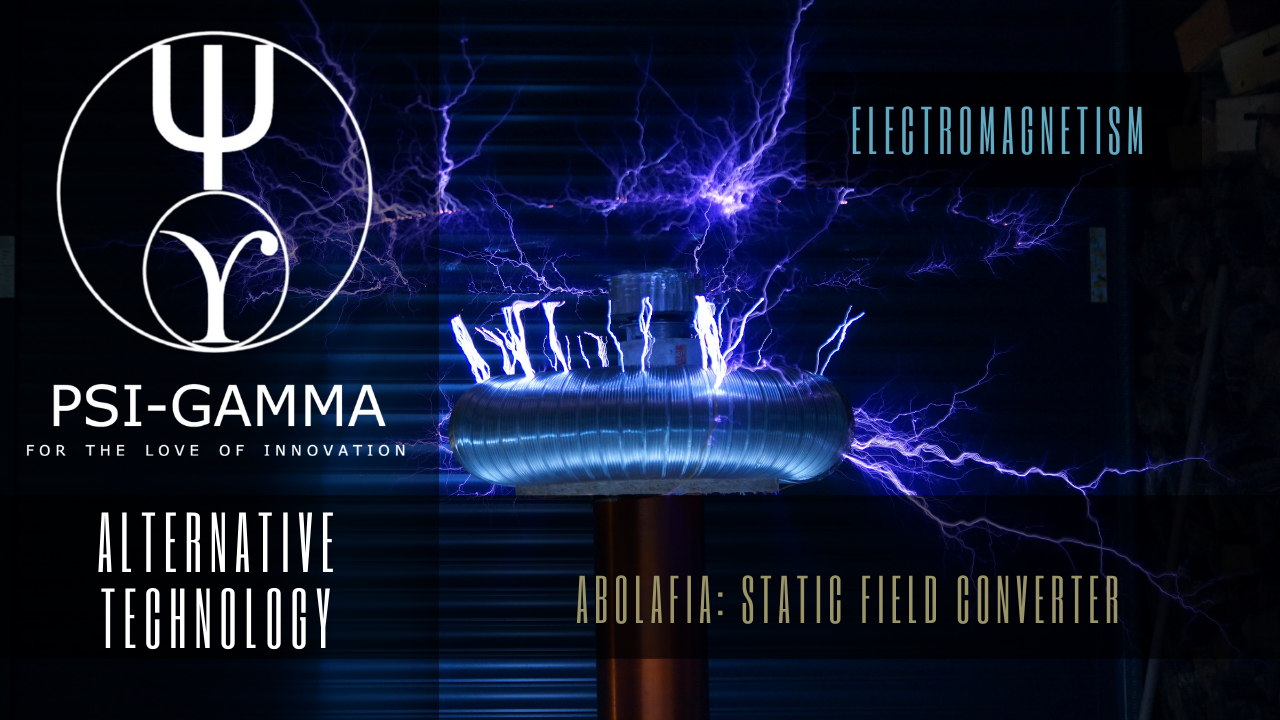
Abolafia: Static Field Converter
The Andrew Abolafia Company, after more than four years of research on an intellectual property (Static Field Converter) in collaboration with the University at Buffalo, SUNY, produced results that suggest The Andrew Abolafia Company’s Static Field Converter taps a new source of energy. ANSYS Finite Element Analysis computer simulation yields the data that support that interpretation. It has helped enable The Static Field Converter to evolve and be refined in conjunction with experimentation at the University at Buffalo.
The Static Field Converter (patented and patents pending) is an invention that converts the energy in a static magnetic field into usable electrical energy. The significance of the innovation is that the energy stored in some permanent magnet materials can be tapped. The magnitude of the energy is large enough to make a significant impact in reducing the U.S. addiction to oil as well as mitigate the destruction of the environment. Large amounts of electricity generated by the invention can produce large amounts of hydrogen. Hydrogen can be used as fuel in most applications that now require fossil fuels. It can also be used to power fuel cells. The exhaust is water.
A small business matching grant (March, 2003) between TCIE (The Center for Industrial Effectiveness-SUNY, Buffalo) and The Andrew Abolafia Company of Hartford, NY initiated research on the Abolafia Company’s patented technology (published on this web site) at the University at Buffalo, SUNY, electrical engineering department. The patent (and patents pending) are based upon a High Temperature Superconductor energy conversion device termed a “Static Field Converter” that uses a hemispherical High Temperature Superconductor (HTS) element as a rotor. The invention converts the energy in a static magnetic field into useable electrical power. That energy can be significant, clean and abundant. We applied for and received the grant because we were interested in knowing the feasibility of construction of the device.
More than four years of research later an electrical engineering graduate student at UB who worked on the project used the research as the basis of his Master’s and Doctoral dissertations and several scientific papers were produced. An analysis was done, using a Finite Element Analysis program, assuming perfect diamagnetic properties for the HTS superconductor.
“Because of the high flux density values of the Permanent Magnet (PM) used in the simulations, and the assumption that the superconductor behaves ideally as a perfect diamagnetic material, the voltage output observed in the simulation was appreciable.
To meet the counter torque when power is being taken out from the system, there must be power input from the prime mover, or the Permanent Magnet must constantly lose its magnetic energy.”1
Conclusion: The New Source of Energy
The Andrew Abolafia Company’s conclusion is that power is coming from the Permanent Magnet and that the energy contained in certain permanent magnetic materials is appreciable enough to be considered as a hitherto untapped, abundant, clean source of energy that can make fossil fuels obsolete. The substitution of an electromagnet for the permanent magnet would produce data that would support energy being consumed from the magnetic source. The University at Buffalo, SUNY, does not concur with this conclusion but concludes the invention is a promising new type of generator.











Эта публикация дает возможность задействовать различные источники информации и представить их в удобной форме. Читатели смогут быстро найти нужные данные и получить ответы на интересующие их вопросы. Мы стремимся к четкости и доступности материала для всех!
Углубиться в тему – https://quick-vyvod-iz-zapoya-1.ru/